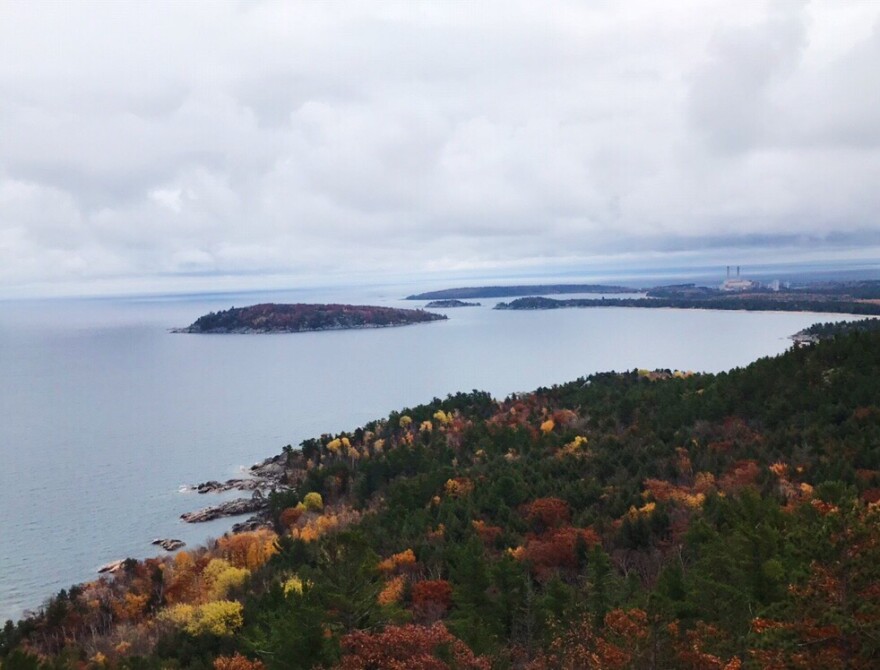The federal government’s recent National Climate Assessment broke down how our planet’s changing climate is projected to impact the United States region by region. Headlines about the report have used words like "chilling," "ominous," and "devastation."
So what changes can residents of the Great Lakes state expect to see in coming decades?
Jenna Jorns is one of the writers of the Midwest chapter of the landmark report. She is based at the University of Michigan’s School for Environment and Sustainability and serves as program manager for the Great Lakes Integrated Sciences and Assessments (GLISA) Center.
The Great Lakes affect weather patterns in Michigan on a daily basis, influencing temperatures, precipitation, and cloud cover throughout all four seasons. Our warming climate is already causing negative effects like declining ice cover and increasing surface temperatures, changes that can be majorly disruptive to a lake's normal processes.
The Great Lakes are “stratified,” meaning that their surface waters are much warmer than the deeper, cooler waters below. These layers typically mix in the spring and fall, in a process that brings oxygen-rich surface water down while pulling nutrient-rich deeper water toward the surface.
This process, called “destratification,” is critically important for a lake to maintain a healthy ecosystem. But Jorns says that it’s already getting thrown off by warming temperatures.
“As climate change warms the surface layer, it changes the frequency and the rate that those two layers mix. We’re seeing that that mixing is happening sooner, earlier in the year, and the projections show the mixing in the fall may actually not happen even at all. And we have seen that in Lake Superior,” Jorns explained.
Given how vital the Great Lakes are to the stability of our climate, Jorns hopes that the chapter will serve as “a wake-up call” to people in the region.
Listen to Stateside’s conversation with Jenna Jorns to hear more about the Midwest chapter of the National Climate Assessment, and how climate change could affect native and invasive species in the Great Lakes.
This post was written by Stateside production assistant Isabella Isaacs-Thomas.
(Subscribe to Stateside on iTunes, Google Play, or with this RSS link)





